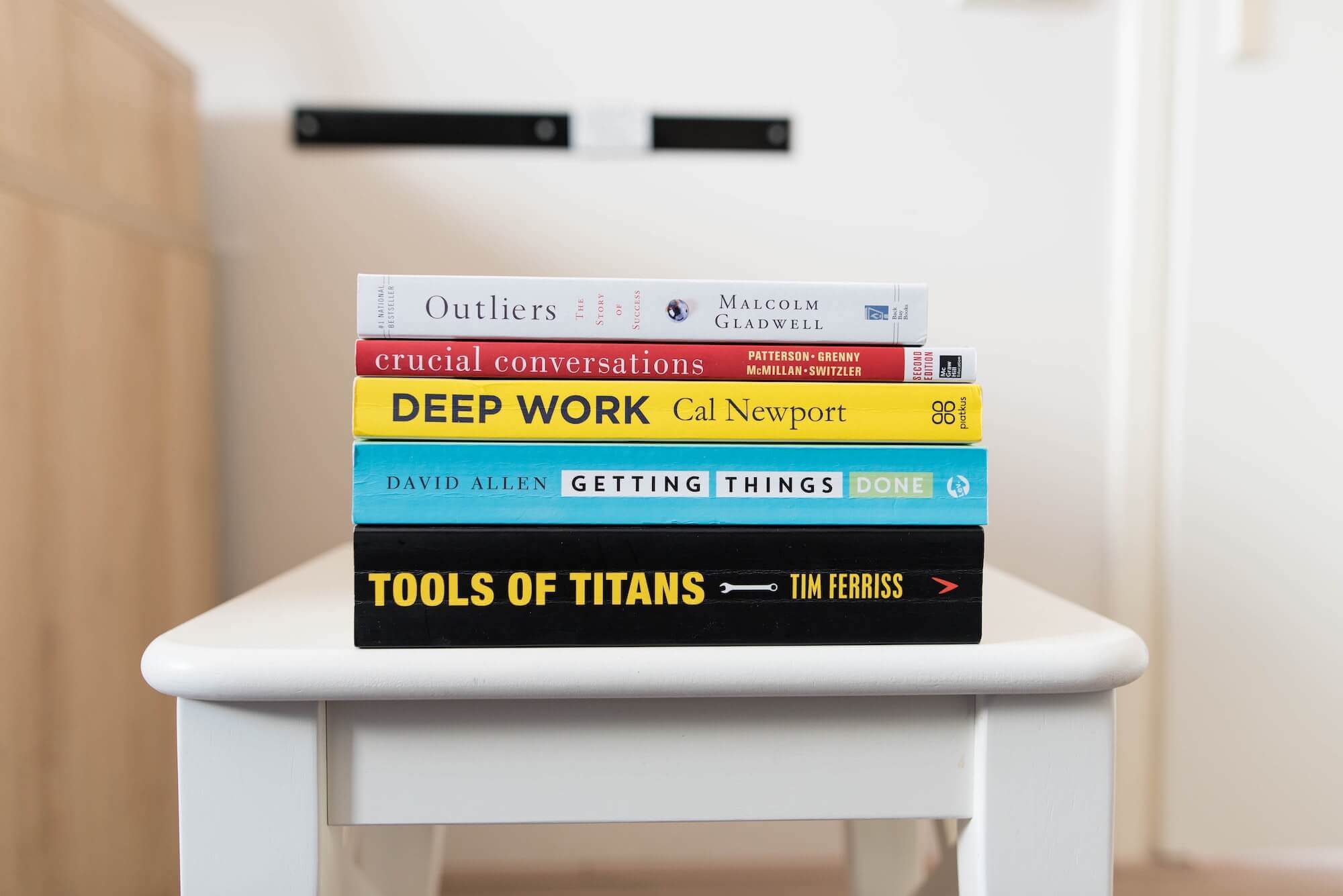Obsidian and GTD

Full Document
Readwise/Full Document Contents/Obsidian and GTD.md
Highlights
There are five core steps to GTD:
• Collect
• Process
• Organize
• Review
• Do ([View Highlight] (https://read.readwise.io/read/01h5trcpwbaqxpwbgz93pac39c))
Collect
Perhaps the most important step, you need to collect everything. Every time you think “I should do X…” “I need to do X…” or “I ought to do X…” it should go into your inbox. An inbox is an unsorted, unfiltered list of open loops. ([View Highlight] (https://read.readwise.io/read/01h5trcyxr9fkk4qw56thnkhkt))
Process
Once you’ve collected all of your “open loops” into an inbox, the next step is to process those tasks. David Allen has a specific process for this, but I like to keep it simple:
• Is this task actionable?
• No? Trash or archive it.
• Yes? Add to an existing project or create a new project.
• Will this task take less than 2 minutes?
• Yes? Do it now.
• No? Delegate, defer, or schedule it. ([View Highlight] (https://read.readwise.io/read/01h5trdc862zs6p6wbhx6wmste))
Next you need to organize your projects. Much of this can be automated if you like, or you can do it manually. When organizing, you need to make sure you have a prioritized list of actionable projects, so you always know what you should work on next. ([View Highlight] (https://read.readwise.io/read/01h5trdss2bjbajymj6k73jetp))
Review
For most the review step happens once per week. At least once per week, you should look over all of your open loops and make sure they are complete. Make sure every project has a next action, make sure your projects are prioritized correctly, and go through all of your projects to ensure you aren’t missing anything important (or forgetting something you’re supposed to be doing). This is an easy step to skip, but if done right it’s one of the most useful. The review step is how you really stay on top of all the things. ([View Highlight] (https://read.readwise.io/read/01h5tre82dqb2yskg3besw2arc))
Do
Now the fun part! At this point all of your “open loops” should be captured, you should have a prioritized list of next projects with actionable tasks in them. Now you can go down the list and Get Things Done. ([View Highlight] (https://read.readwise.io/read/01h5trednjy5x96z8r3fmmx0hs))
Open loops are defined in the book as “commitments that haven’t been fulfilled” ([View Highlight] (https://read.readwise.io/read/01h5trehyjmd6c4bs07tkh81mf))
Even better, Obsidian never “locks you in” to any one way of doing things, so if something isn’t working you can change it up at any time. ([View Highlight] (https://read.readwise.io/read/01h5trg73nkxmwbcrx3w4vzh4b))